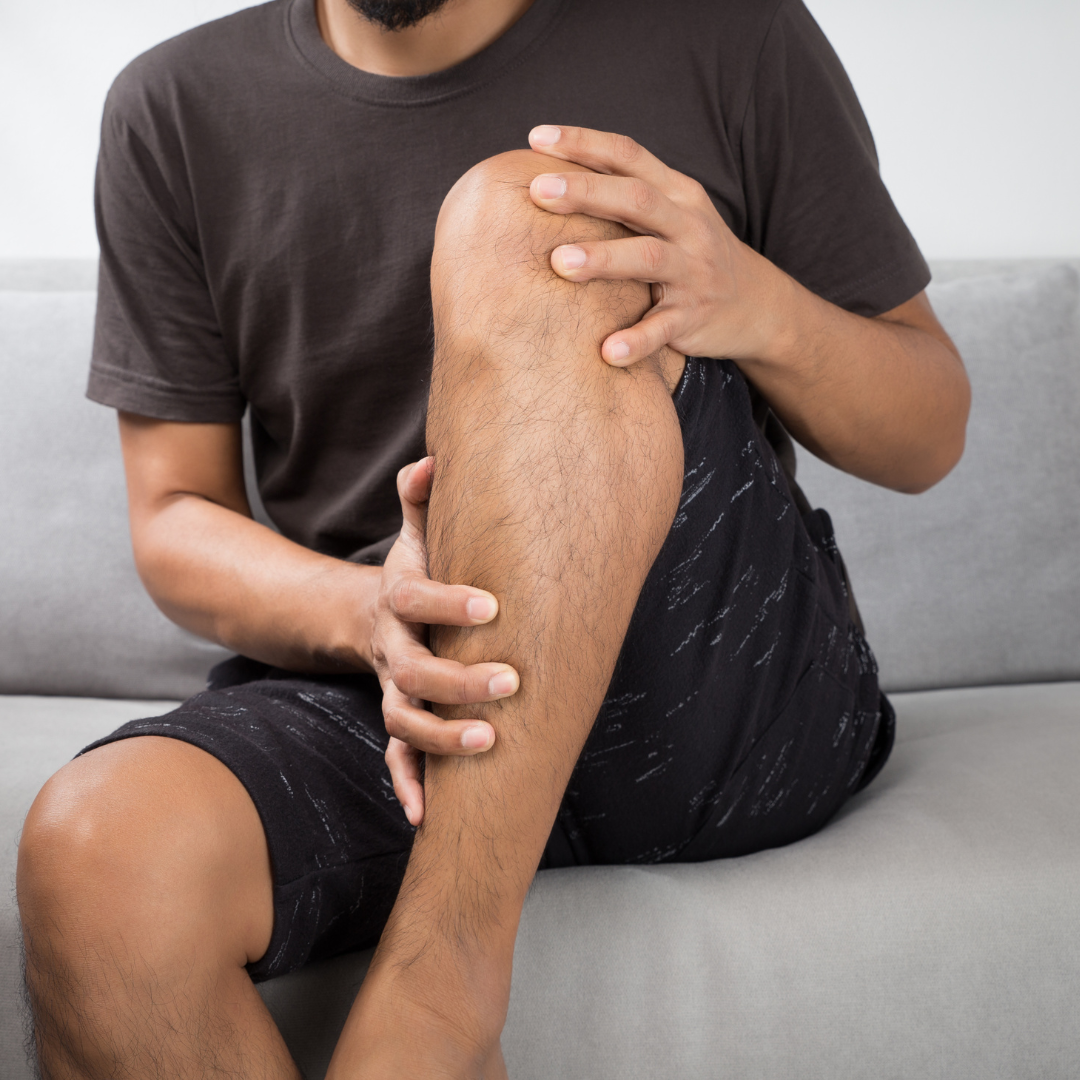San Antonio Spurs fans got a major disappointment recently when one of their star players…
How to Prevent Blood Clots and DVT During Pregnancy
Pregnancy is an exciting journey filled with anticipation and joy, but it also comes with its share of health considerations. One concern that often arises is the risk of blood clots, particularly deep vein thrombosis (DVT).
Understanding the Risk
During pregnancy, a woman’s body undergoes numerous changes, including an increase in blood volume and changes in blood flow. These changes, along with hormonal shifts, can make blood more prone to clotting. While these changes are natural and important for a healthy pregnancy, they can also increase the risk of DVT, a condition where blood clots form in the deep veins, typically in the legs.
If a clot breaks loose, it can travel to the lungs and cause a pulmonary embolism, which can be life-threatening. That’s why understanding and managing the risk of blood clots is crucial during pregnancy.
Tips for Preventing Blood Clots and DVT
- Stay Active and Exercise Regularly Staying physically active is one of the best ways to reduce the risk of blood clots. Gentle exercises like walking, swimming, or prenatal yoga can improve circulation and prevent blood from pooling in your legs. Always consult your healthcare provider before starting any new exercise routine.
- Stay Hydrated Proper hydration is essential during pregnancy. Dehydration can thicken the blood, increasing the risk of clot formation. Aim to drink plenty of water throughout the day, and be mindful of your fluid intake, especially in warm weather or after physical activity.
- Wear Compression Stockings Compression stockings are a simple yet effective tool to prevent DVT. These specially designed stockings help improve blood flow in the legs, reducing the likelihood of clot formation. Your doctor can recommend the right type and fit for your needs.
- Avoid Prolonged Sitting or Standing Long periods of sitting or standing can contribute to blood pooling in the legs. If you’re sitting for an extended period, like during a flight or car ride, make sure to take regular breaks to walk around and stretch your legs. When standing for long periods, try to move around or shift your weight frequently to keep blood flowing.
- Elevate Your Legs When resting or sleeping, elevate your legs slightly above the level of your heart. This position helps promote venous return and reduces the risk of blood pooling in your lower extremities.
- Manage Your Weight Maintaining a healthy weight during pregnancy is important for both you and your baby. Excess weight can put additional pressure on your veins, increasing the risk of blood clots. Follow your healthcare provider’s guidance on nutrition and weight management throughout your pregnancy.
When to Seek Medical Help
It is essential to recognize the symptoms of DVT so you can seek medical attention promptly. Symptoms may include:
- Swelling in one leg, often accompanied by pain or tenderness
- Red or discolored skin on the affected leg
- A feeling of warmth in the affected area
If you experience any of these symptoms, contact your healthcare provider immediately.
Contact VeinSolutions for Your Consultation Today
Contact us here for a consultation with one of our board-certified vein specialists if you have concerns about DVT or other venous disorders such as varicose veins and spider veins.
To schedule an appointment with a vein specialist in Austin, call 512.452.VEIN (8346), or 512.501.4287 for our clinic in Georgetown, and 512.651.8420 for Kyle.



